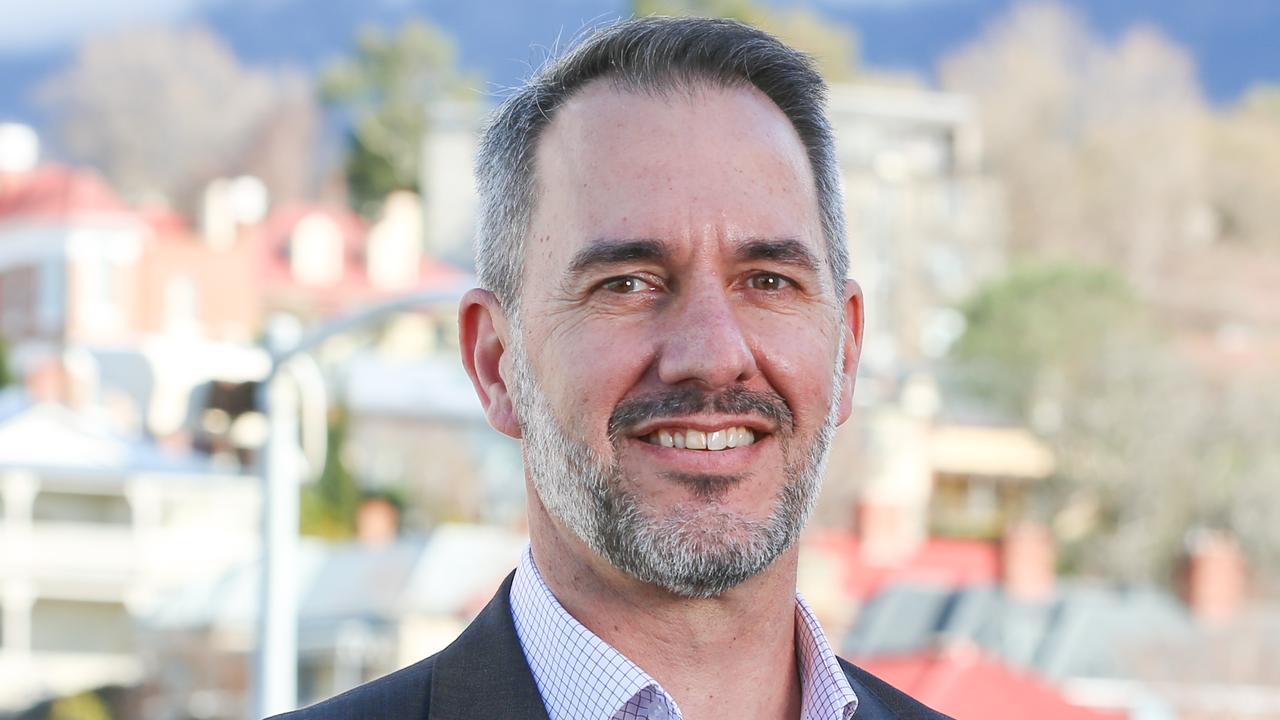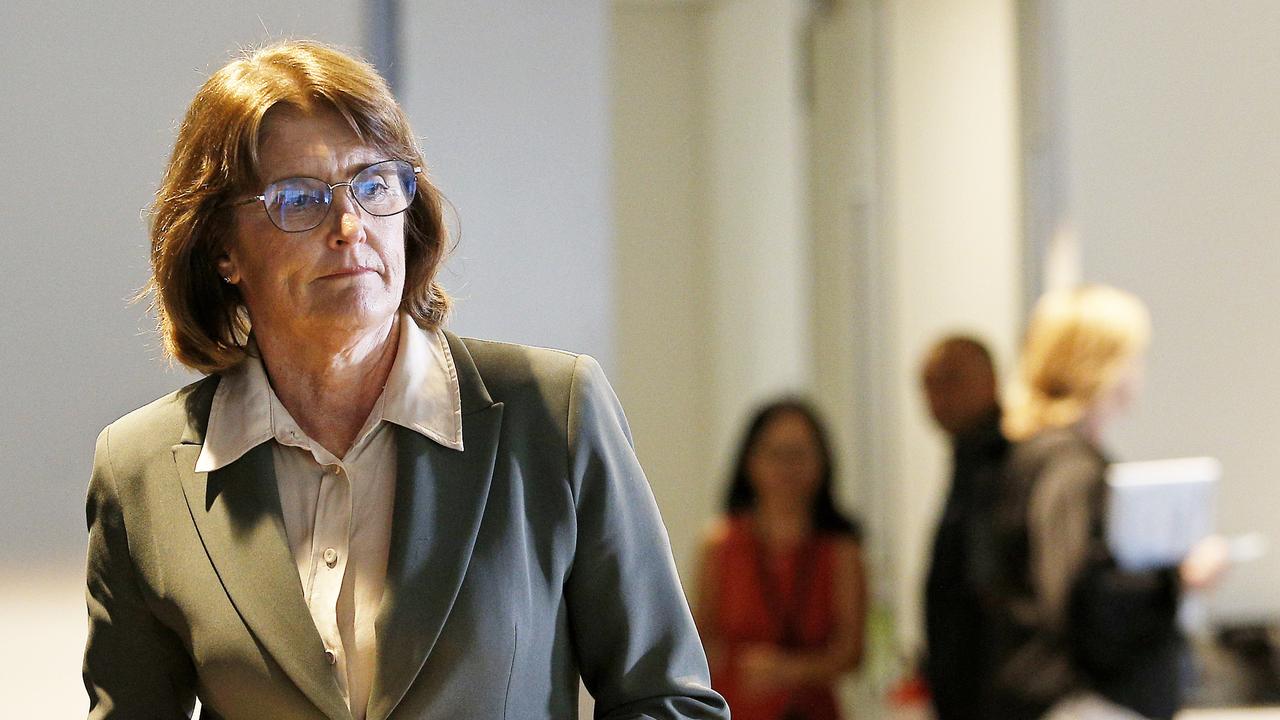Tasmania signs memorandum of understanding with Port of Rotterdam for Bell Bay hydrogen
Work is yet to begin on a green hydrogen hub at Bell Bay, but companies from across the globe are already lining up to tap into the future supply.
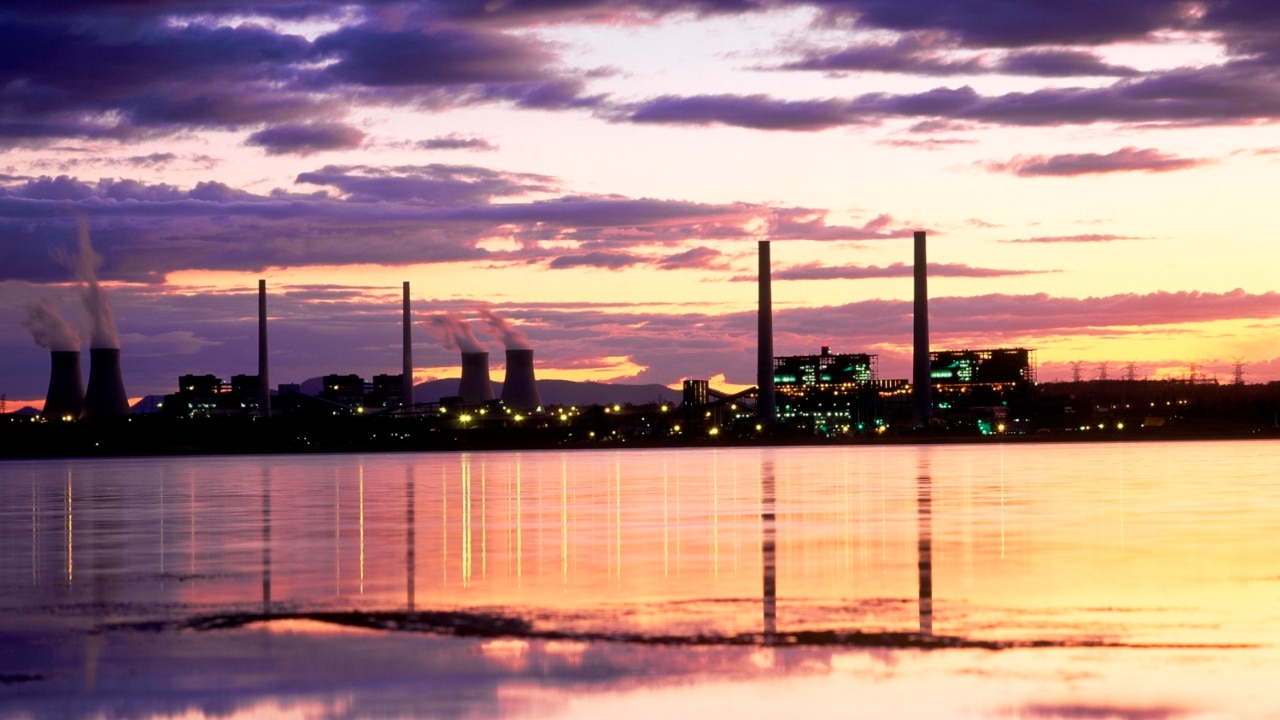
Business
Don't miss out on the headlines from Business. Followed categories will be added to My News.
EUROPE’S biggest port wants the green hydrogen Tasmania is planning to produce and now a memorandum of understanding has been signed to advance the relationship.
Resources Minister Guy Barnett said plans for Bell Bay to become a renewable hydrogen hub were moving ahead and the government was confident the federal government would fund the $70m it had requested to advance the project.
The government has signed a memorandum of understanding with the Port of Rotterdam to investigate the feasibility of future exports of green hydrogen from Bell Bay to the Netherlands.
“Tasmania has a goal to produce green hydrogen domestically in the near term and to be an exporter by 2027 and we have already lodged a funding submission for Bell Bay to be a renewable hydrogen hub as part of the Australian government’s $464m regional program,” Mr Barnett said.
“Tasmania is the only location in Australia currently capable of producing 100 per cent renewable electricity all the time, which can be utilised for green hydrogen production.
“Co-operation with international partners like the Port of Rotterdam helps promote deployment of hydrogen technologies, enhances skills, training and employment opportunities, and helps open up future export markets.”
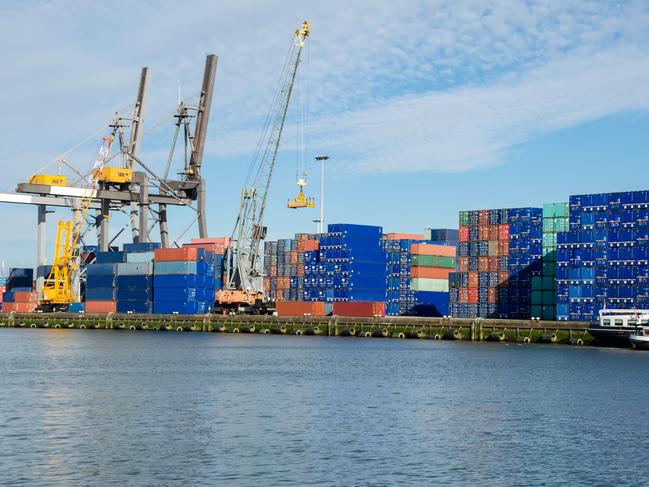
Earlier this year, mining magnate Twiggy Forrest expressed an interest in building a hydrogen plant at Bell Bay but has baulked because there was no guarantee he could get the power he needed, at a reasonable price, to run it.
Dr Forrest has long said Tasmania could be a global leader in green hydrogen and part of his clean-energy dream to produce 15 million tonnes of green hydrogen a year by 2030.
The Fortescue Metals Group boss then announced his company would build a $1bn plant in Gladstone to make electrolysers that extract hydrogen from water.
But he also wants to invest in a project to build a 250-megawatt green hydrogen facility at Bell Bay if the government “got on with the job” of providing him with power.
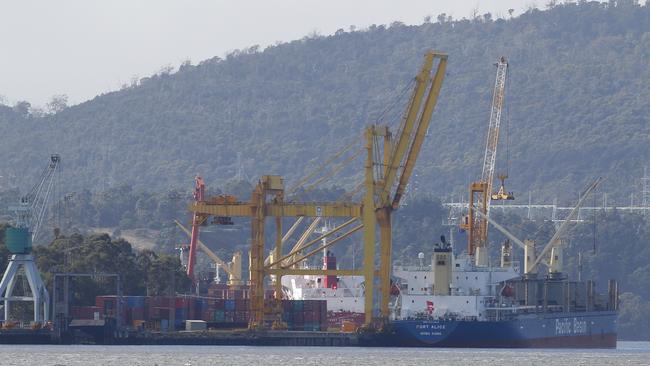
The MOU with the Port of Rotterdam follows a recent visit to northern Tasmania by executives from Woodside Energy and Japan’s giant Marubeni Corporation who are looking at a partnership for green hydrogen production at Bell Bay.
Allard Castelein, CEO Port of Rotterdam, said Europe’s largest port was looking globally for countries and companies that could export green hydrogen on an industrial scale before 2030.
“Tasmania could very well be one of these,” Mr Barnett said.
“Once we have jointly established the feasibility, the next step would be to get private companies aligned to try to set up trade lanes between Tasmania and Rotterdam.”
Ambassador of the Kingdom of the Netherlands to Australia Marion Derckx said the MOU signified an important step in “our mutual ambitions to accelerate the transition towards a non-carbon energy society”.



